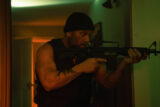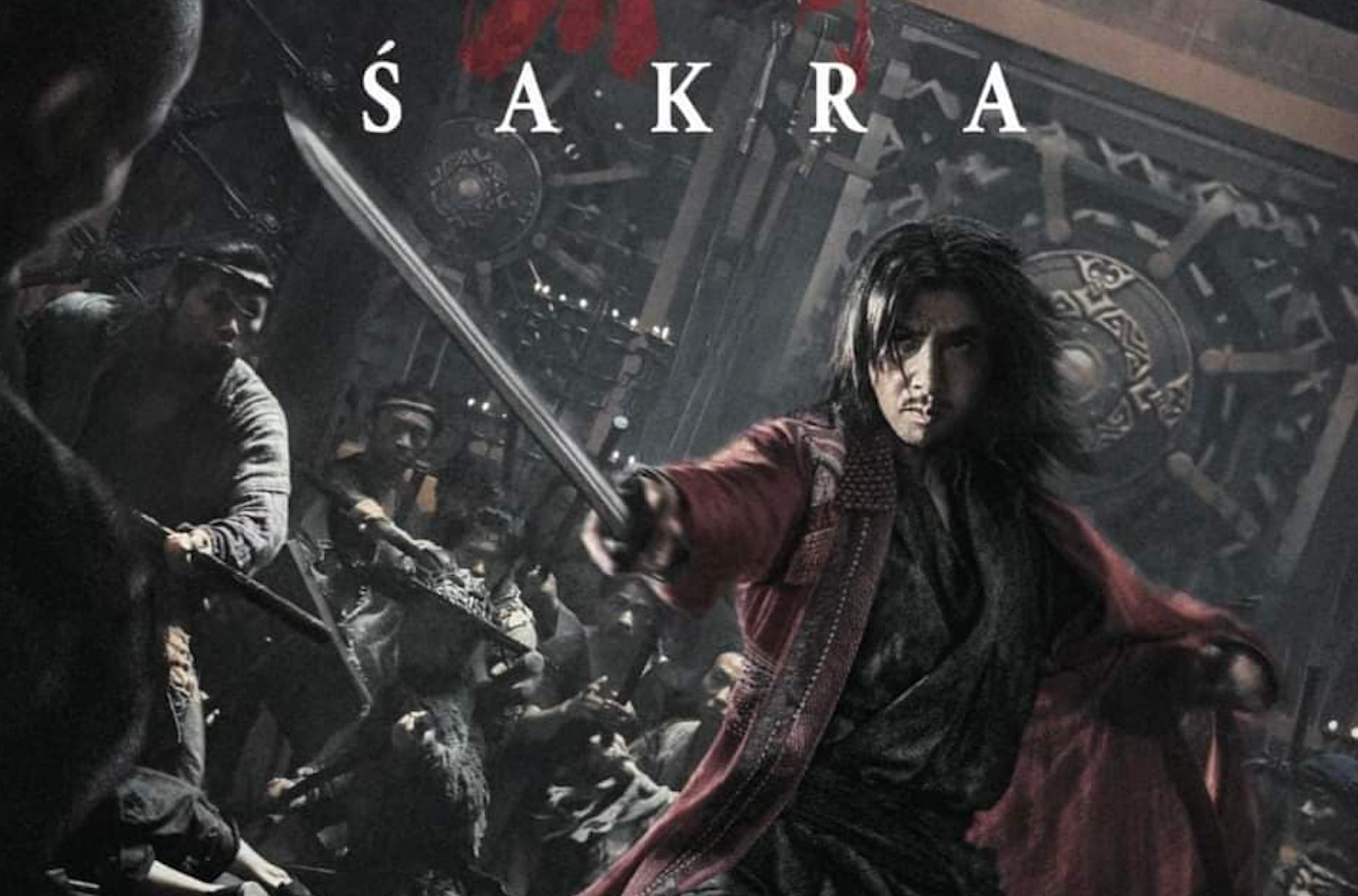Sakra, starring the charismatic Donnie Yen, is a thrilling addition to his repertoire of historical films. Known for his impressive martial arts skills and captivating performances, Yen once again shines in this action-packed period drama. While it may not surpass some of his previous iconic historical films, Sakra successfully showcases Yen’s talent and delivers an entertaining and engaging cinematic experience.
Donnie Yen’s portrayal of the enigmatic Sakra is a standout in the film. With his trademark intensity and physicality, Yen effortlessly embodies the complex character, showcasing his range as an actor. His martial arts prowess is on full display as he executes lightning-fast fight sequences with precision and finesse. Yen’s ability to convey emotions through his physicality and facial expressions adds depth to the character and enhances the overall impact of the film.
The plot of Sakra revolves around a historical event or legend, presenting a fictionalized account of the past. While the storyline may not break new ground in terms of historical narratives, it serves as a solid foundation for the film’s action sequences and dramatic moments. The pacing is generally well-balanced, with a combination of intense fight scenes and quieter character-driven moments that allow for necessary exposition and emotional development.
In comparison to some of Yen’s previous historic films, such as the “Ip Man” series or “Hero,” Sakra may not reach the same level of storytelling complexity or profound character exploration. However, it compensates with its dynamic action sequences and Yen’s compelling performance. It remains an enjoyable film that captures the essence of the historical genre while delivering the excitement and spectacle audiences expect from Yen’s films.
Visually, Sakra is a feast for the eyes. The cinematography beautifully captures the lush landscapes, intricate set designs, and stunning costumes of the period setting. The attention to detail creates an immersive experience, transporting viewers to a bygone era. The fight choreography is meticulously crafted, showcasing Yen’s martial arts expertise while incorporating elements of the time period.
While Sakra succeeds in showcasing Yen’s talents and delivering thrilling action, it falls slightly short in terms of character development and depth. Some supporting characters may feel underutilized or underdeveloped, lacking the same level of complexity as Yen’s central protagonist. However, this does not significantly detract from the overall enjoyment of the film.
In conclusion, Sakra is a worthy addition to Donnie Yen’s historic filmography. It may not surpass some of his previous iconic works in terms of narrative depth, but it showcases his immense talent and commitment to delivering captivating performances. With its exhilarating action sequences, visually stunning aesthetics, and Yen’s commanding presence, Sakra provides an entertaining cinematic experience for fans of historical dramas and martial arts films alike.







